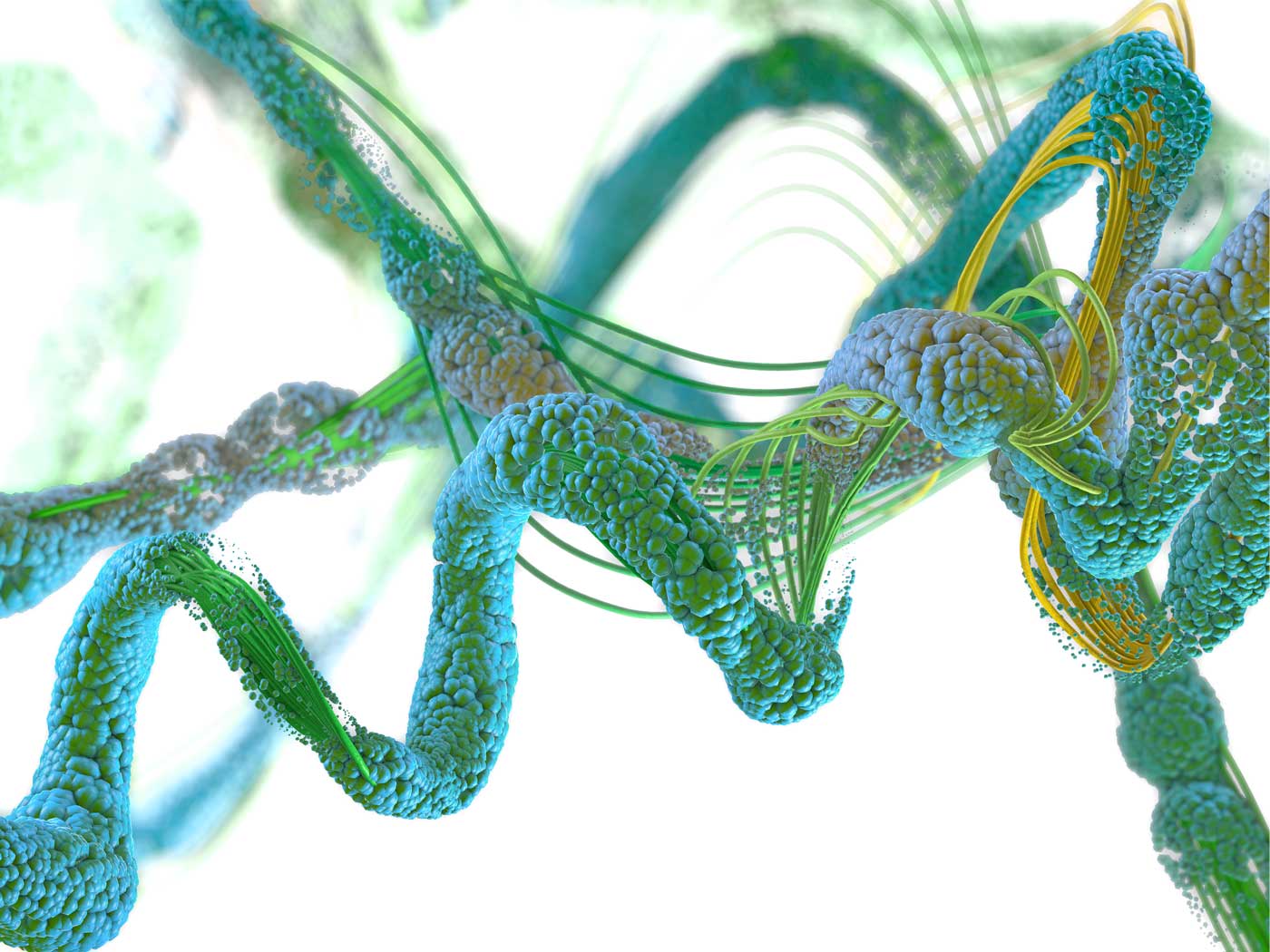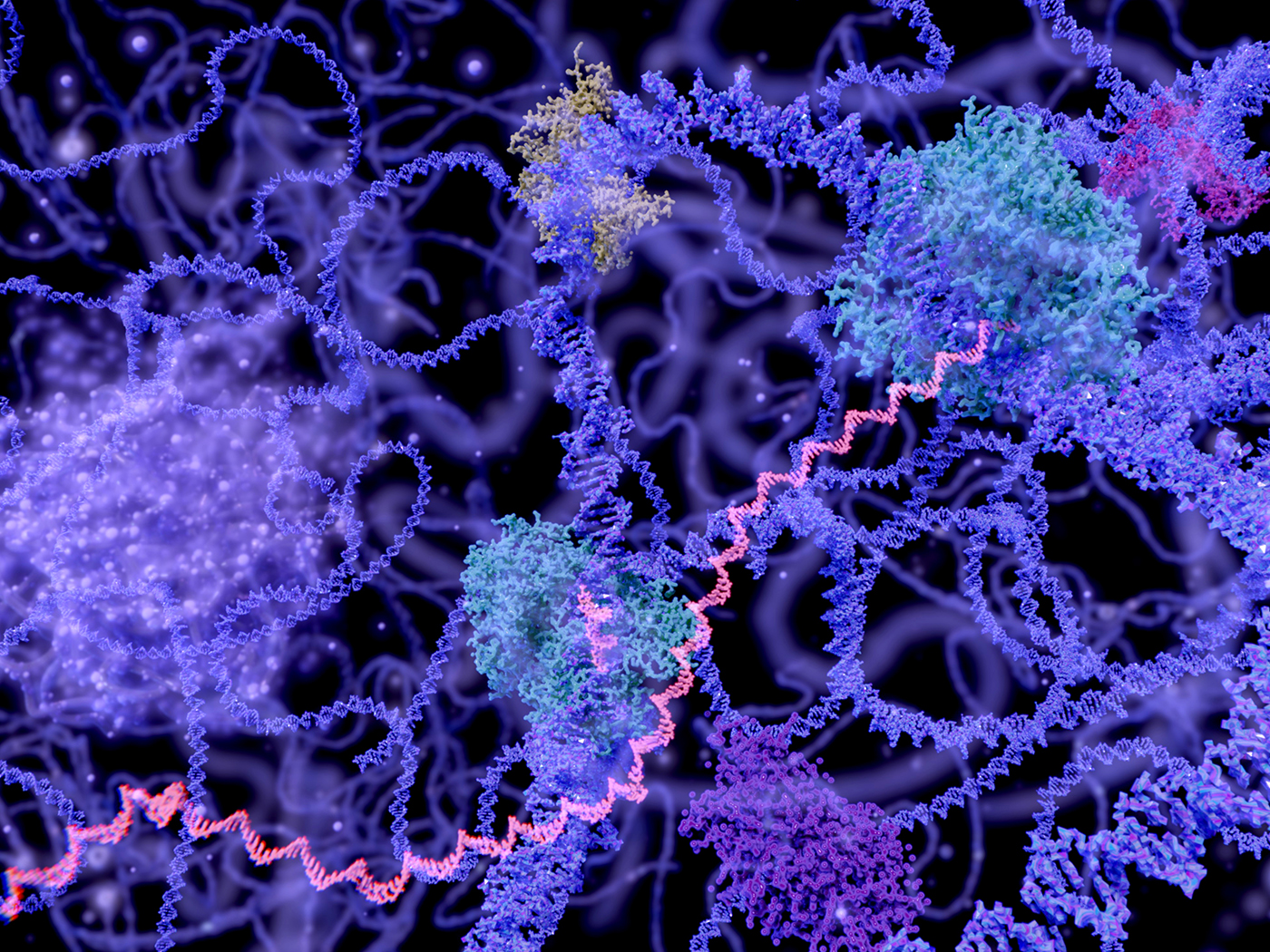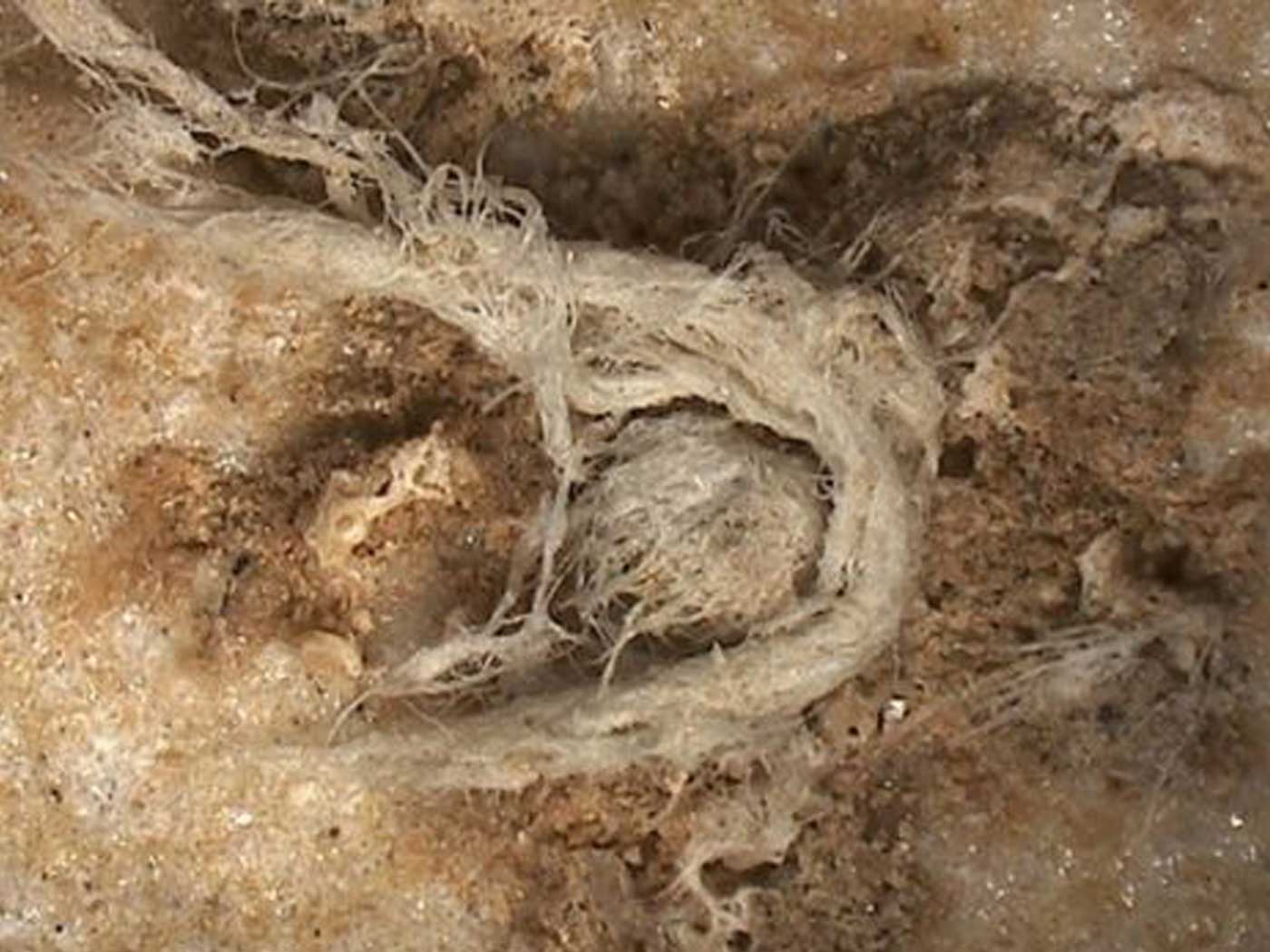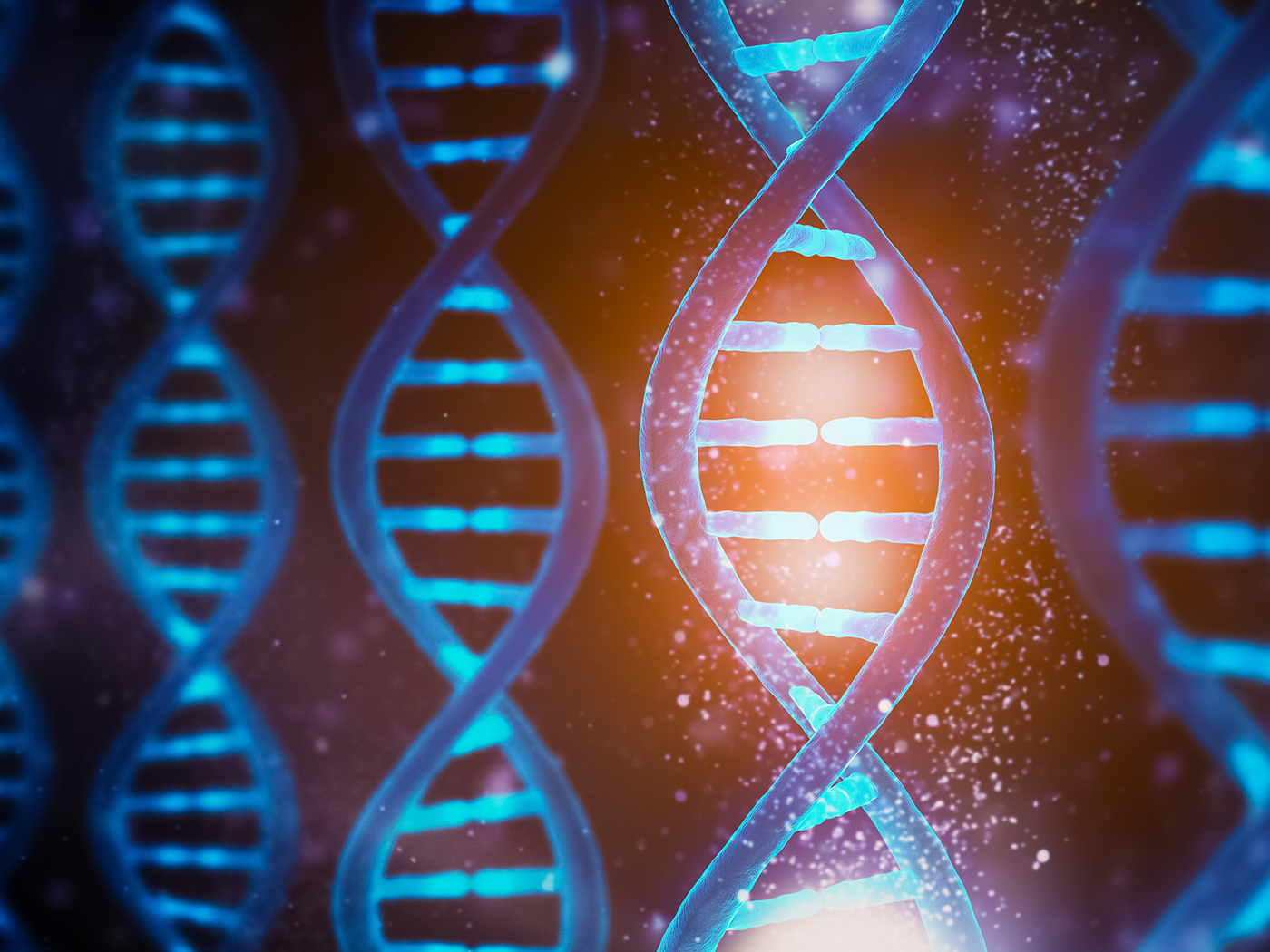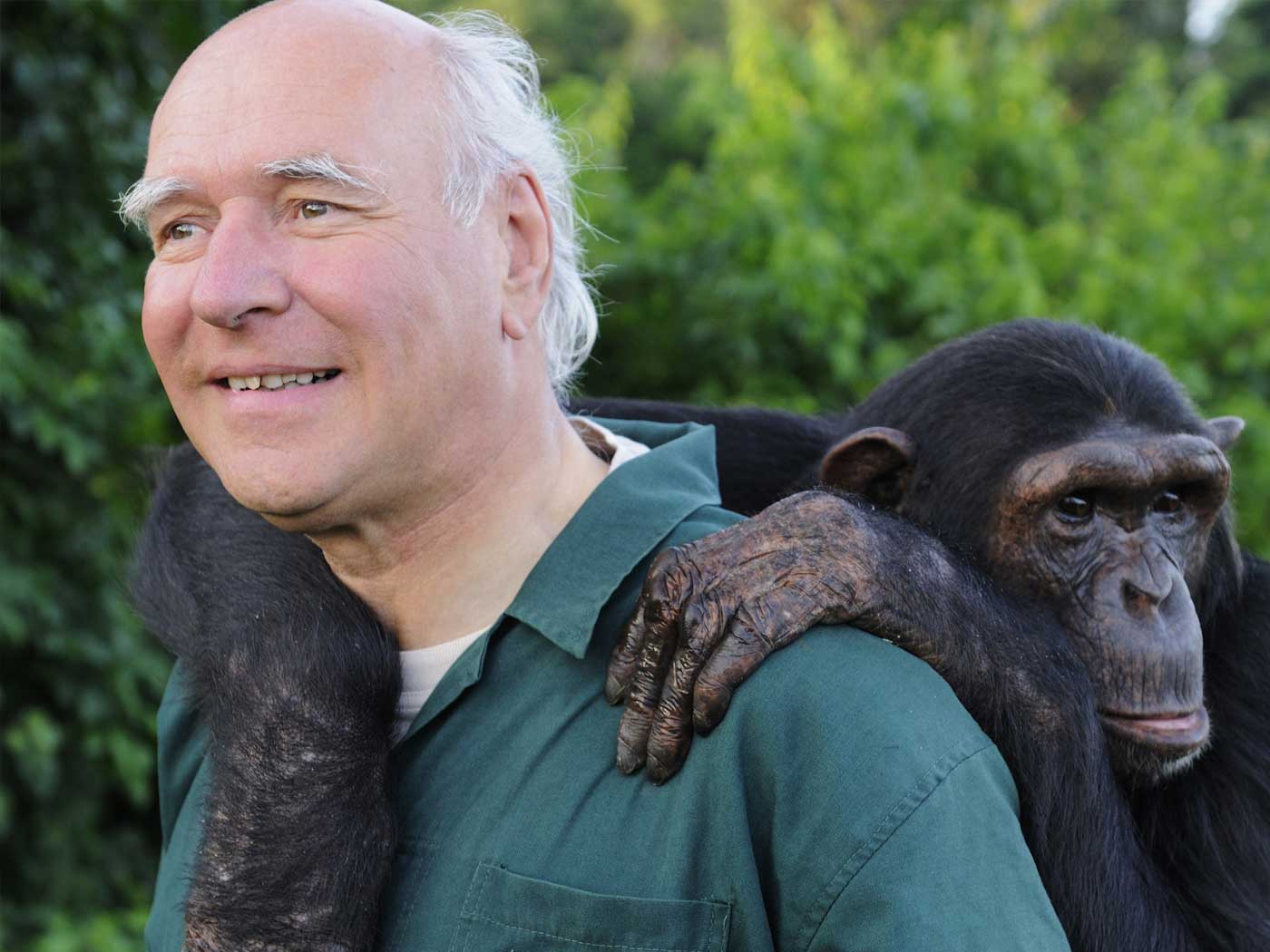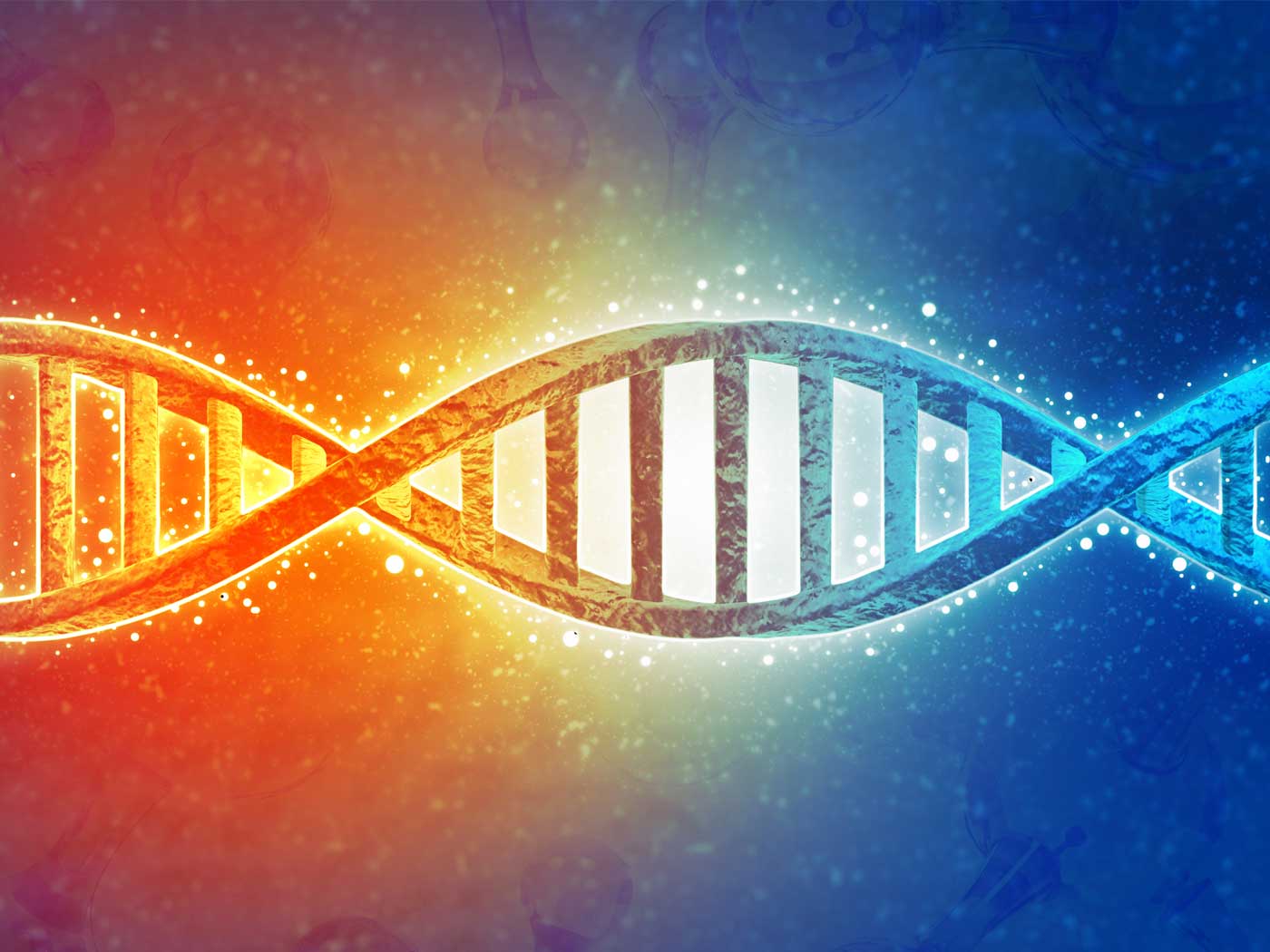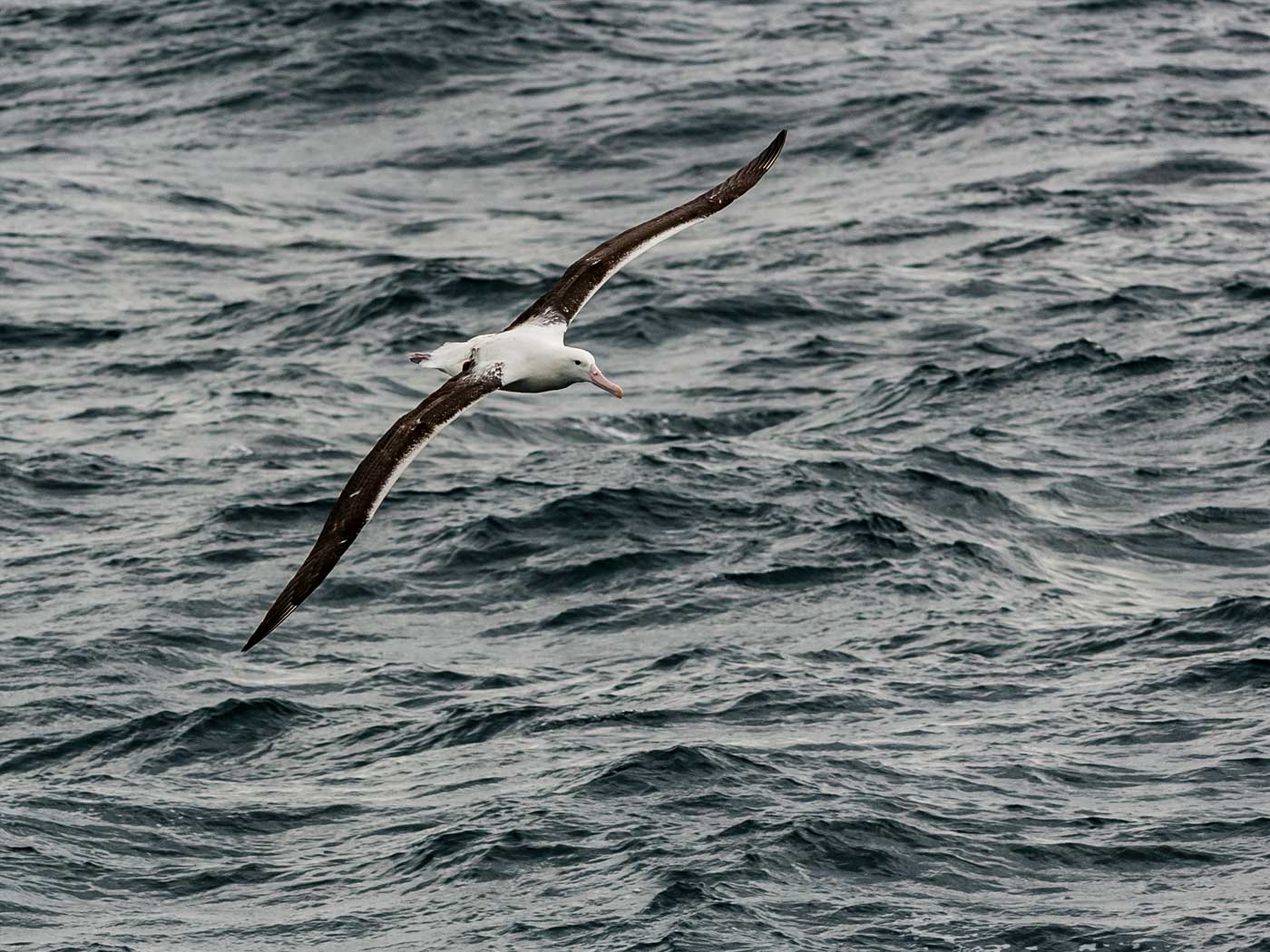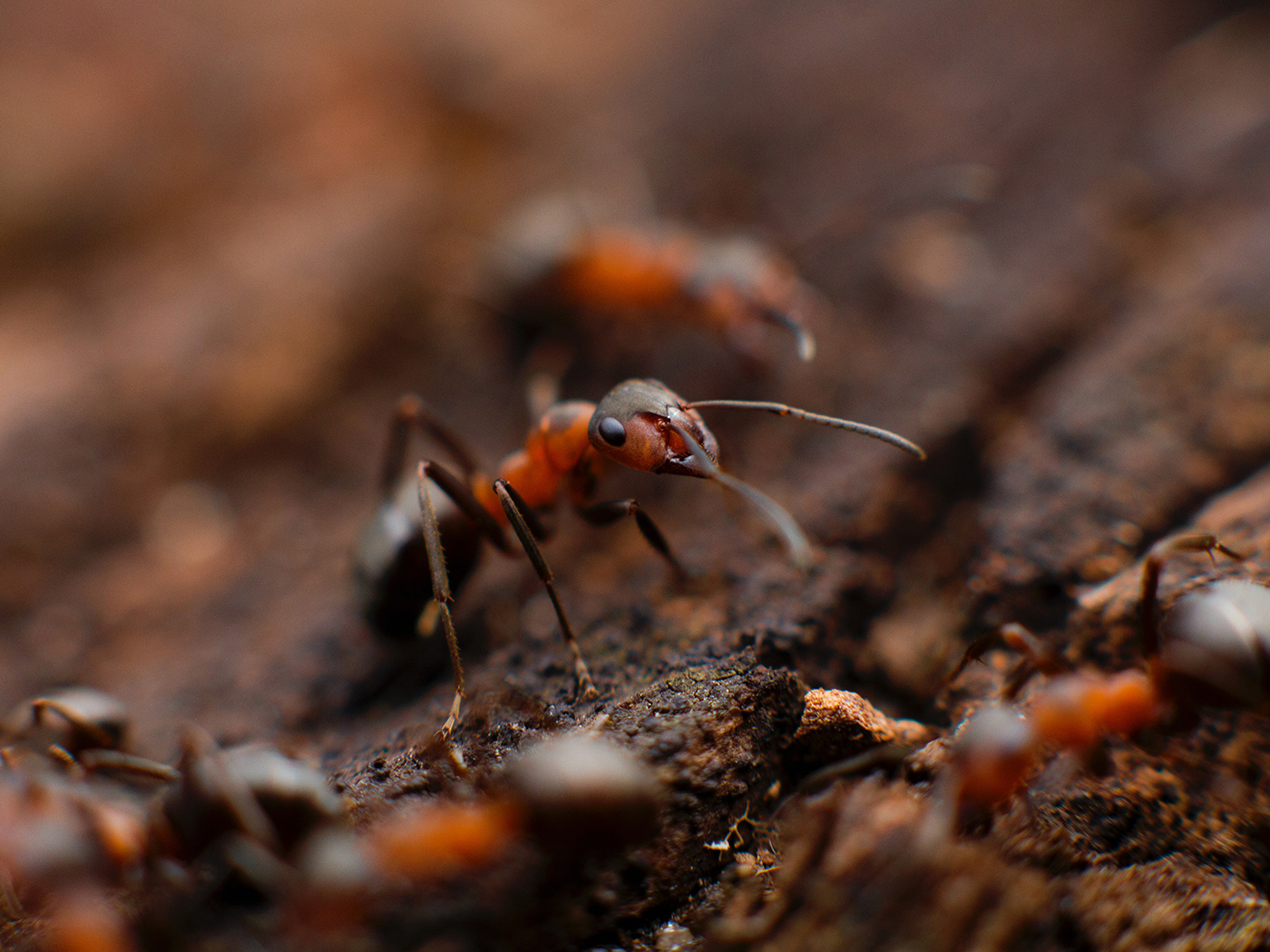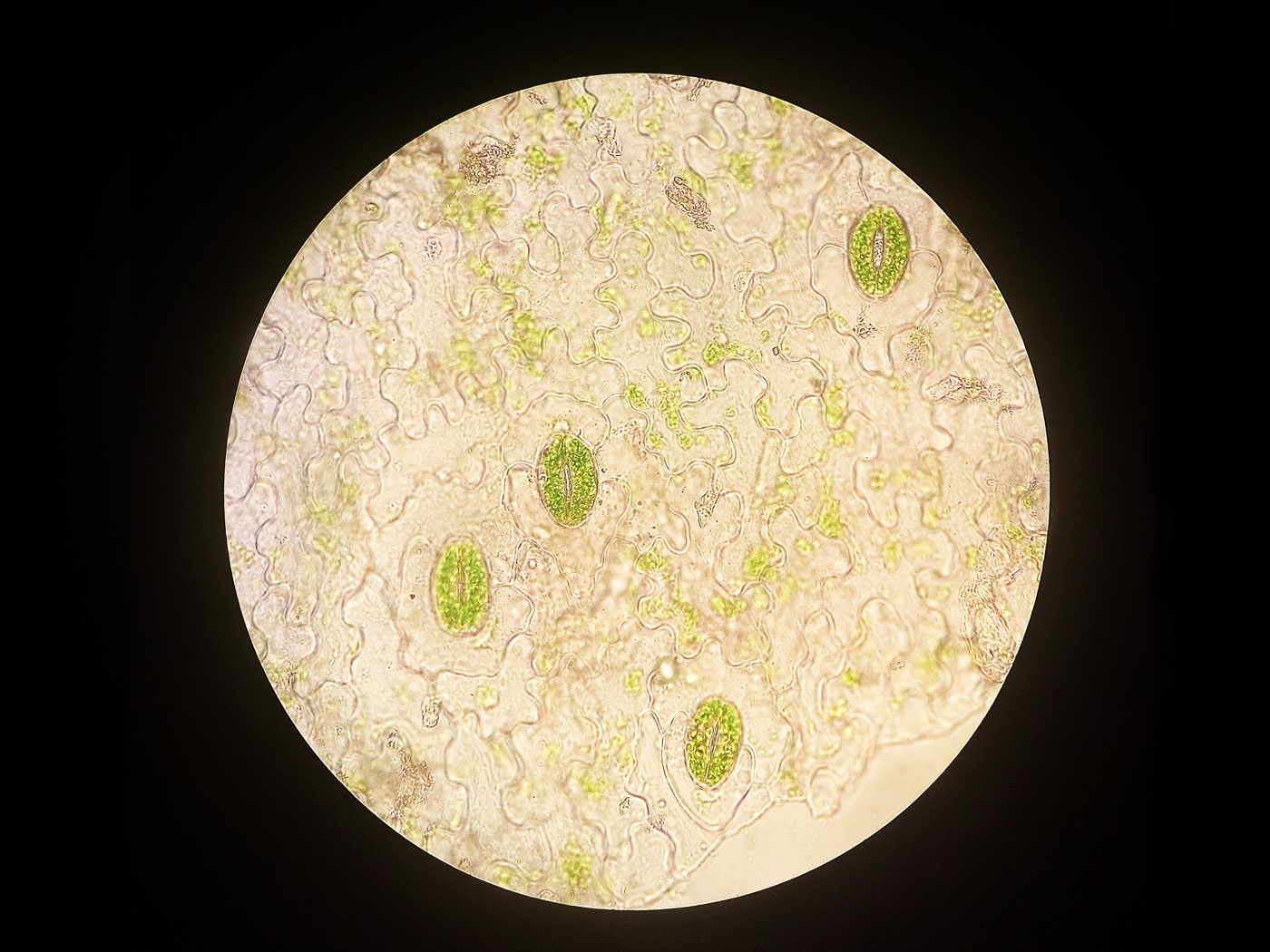Researchers recently scanned a region of the smallest human chromosome and found three previously undiscovered families of genes that are uniquely human and completely absent from apes.1 This new discovery continues to highlight previous research, showing that the human genome contains many human-specific genes not found in apes—utterly confounding the rapidly crumbling paradigm of human-ape evolution.
Scientists have long known that many regions of the human genome are markedly different from apes, specifically chimpanzees (our supposed closest ape ancestor). For example, in 2010 a detailed sequence analysis of the chimpanzee Y-chromosome was produced and was so drastically dissimilar to human that the researchers claimed, “Indeed, at 6 million years of separation [an evolutionary assumption], the difference in MSY gene content in chimpanzee and human is more comparable to the difference in autosomal gene content in chicken and human, at 310 million years of separation."2,3 In fact, the most recent analyses comparing the entirety of the chimpanzee and human genomes reveals that they are no more than 84% identical.4
Because evolutionists need a nearly identical 98.5% similarity between humans and chimps to make their theoretical ape-to-human evolution model seem plausible, the current well-established genetic chasm of dissimilarity has soundly disproved the evolutionary model. But not only is large-scale DNA dissimilarity a huge problem for the fictional story of humans evolving from a chimp-like ancestor, but so is the issue of human-specific genes that have no similar counterparts in apes. In fact, previous studies have identified hundreds to thousands of human genes not found in chimps.5,6 And now, we have yet one more study adding to the overall dissimilarity in the human versus chimp gene count discrepancy.1
In this new study, researchers scanned the most recent drafts of the human and chimpanzee genomes looking for unique genetic features specific to humans starting with the smallest human chromosome (number 21). They discovered three families of microRNA genes unique to humans. These genes encode regulatory RNA molecules and are actively expressed and involved in the genetic regulation of a variety of tissues in the body including the brain.
As the drafts of the human and chimpanzee genomes become more accurate and as they continue to be compared to each other, as software improves and scrutiny deepens, the clear truth of human uniqueness will keep on emerging with ever-resounding clarity. The genetic data fully supports the scriptural revelation in Genesis that humans were created uniquely in God’s image by the Creator, the Lord Jesus Christ.
References
1. Hunter R. Johnson et al. 2022. The Evolution Of De Novo Humanâ€Specific MicroRNA Genes On Chromosome 21. American Journal of Biological Anthropology.
2. Tomkins, J. and B. Thomas. 2010. New Chromosome Research Undermines Human-Chimp Similarity Claims. Acts & Facts. 39 (4): 4-5.
3. Hughes, J.F. et al. 2010. Chimpanzee and human Y chromosomes are remarkably divergent in structure gene content. Nature. 463 (7280): 536-539.
4. Tomkins, J.P. 2018. Separate Studies Converge on Human-Chimp DNA Dissimilarity. Acts & Facts. 47 (11).
5. Tomkins, J.P. 2016. Genetic Gap Widens Between Humans and Chimps. Creation Science Update. Posted January 21, 2016, accessed March 8, 2022.
6. Ruiz-Orera, J. et al. 2015. Origins of De Novo Genes in Human and Chimpanzee. PLoS Genetics. 11 (12): e1005721.
* Dr. Tomkins is Director of Research at the Institute for Creation Research and earned his Ph.D. in genetics from Clemson University.
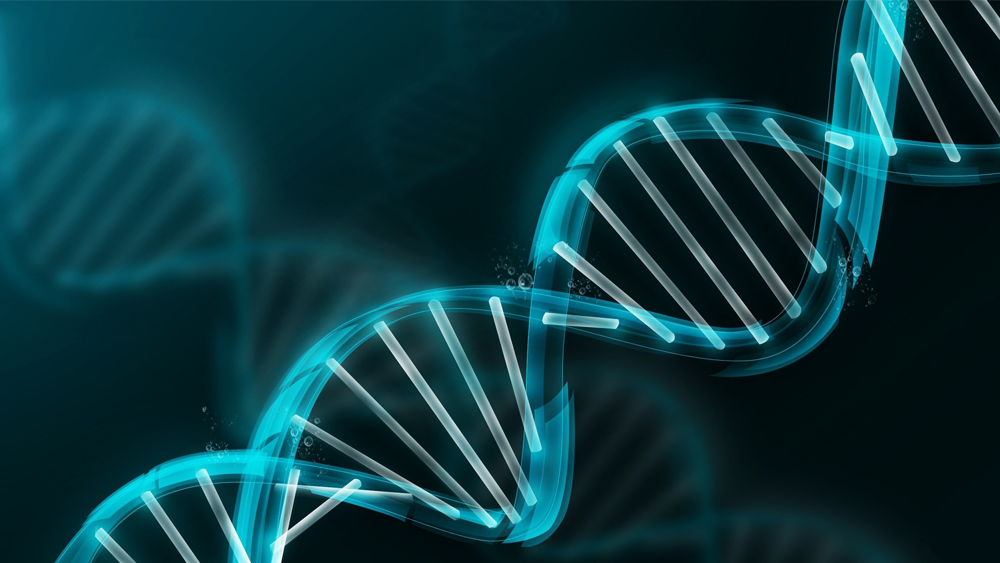
More Unique Human Genes Defy Evolution Narrative
The Latest
May 2024 ICR Wallpaper
"Have I not commanded you? Be strong and of good courage; do not be afraid, nor be dismayed, for the LORD your God is with you wherever you...
Was a Key to Photosynthesis Evolution Discovered?
Northern Canadian lakes were the source of recently discovered unique photosynthetic bacteria of the phylum Chloroflexota. After years of culturing,...
CREATION PODCAST
Four Moons That Indicate a Young Universe | The Creation Podcast:...
Earth has one moon, but Jupiter has many! What can we learn from our celestial neighbor's satellites? Do they indicate youth?
Host...
Creation Kids: Seeds and Sprouts
by Renée Dusseau and Susan Windsor*
You're never too young to be a creation scientist and explore our Creator's world. Kids, discover...
APOLOGETICS
Christ’s Creativity in Canyon Critters
Grand Canyon animals display many marvelous traits and behaviors as they live life in that harsh habitat. These canyon creatures succeed thanks to the...
Standing Against False Science
I’m Michael Stamp, and I’m in my 12th year as an editor at the Institute for Creation Research. It’s always an encouragement to see...
Oysters and Pre-Flood Longevity
The oyster species Crassostrea virginica, also known as the eastern oyster, is a prized seafood. Research has demonstrated that a fossil version of...
Galápagos Finches: A Case Study in Evolution or Adaptive Engineering?
A group of birds known as Darwin’s finches live in the Galápagos Islands, which are located in the Pacific Ocean 600 miles west of Ecuador....
Hot Springs National Park: Hydrothermal Springs Formed By The...
Hot Springs National Park is located about an hour southwest of Little Rock in the folded Ouachita Mountains of central Arkansas. It is the second smallest...
Why Biology Needs A Theory of Biological Design—Part 2
“Based on a true story” is included by movie producers to add authenticity, importance, and a flair of anticipation. So, my account of how...





